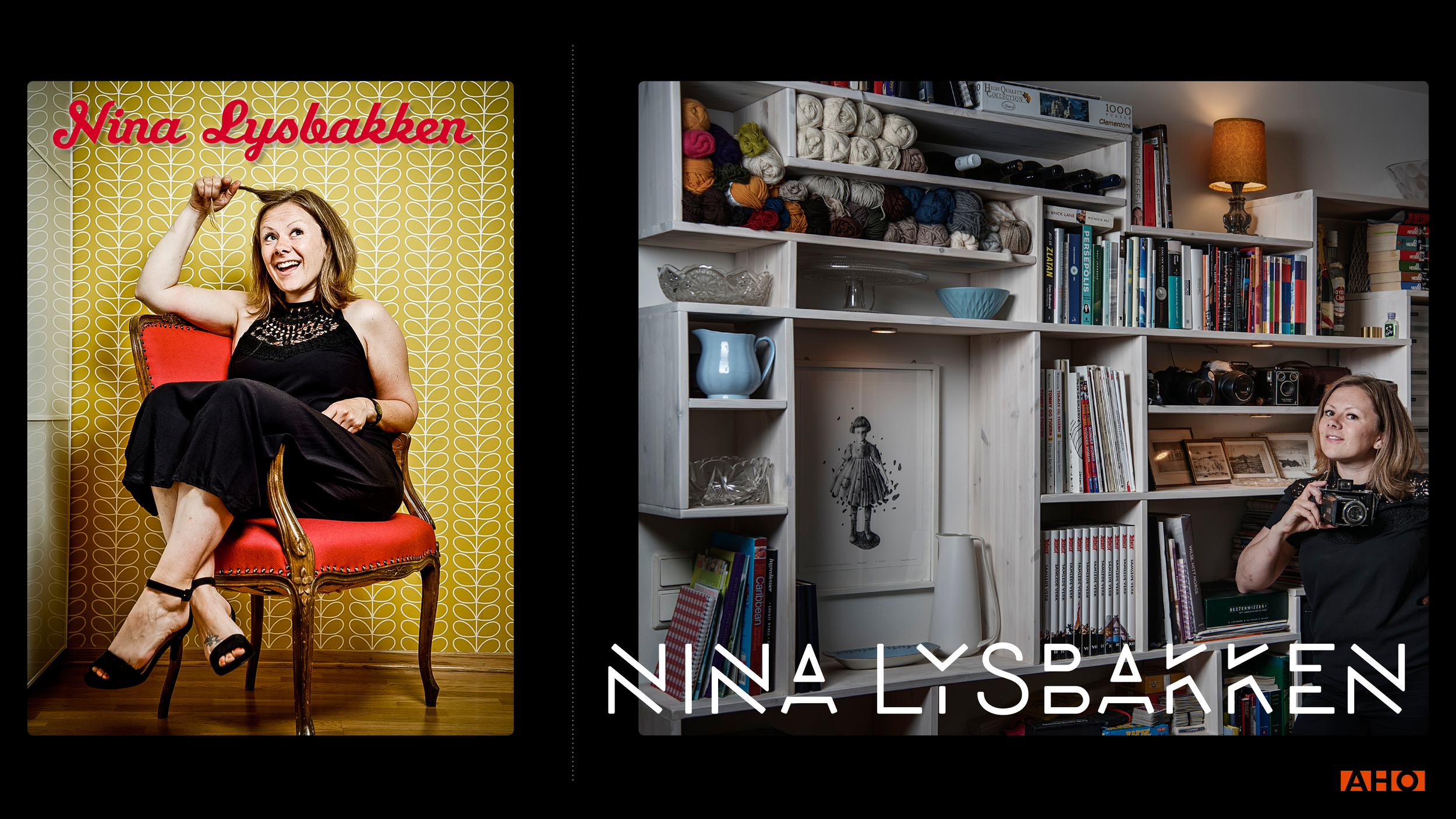6) Shaping a positive & safe culture The team around FGP has been very considerate about creating a good environment for testing, presenting and feedback. Nora at Lent were from day 1 focused on how we give feedback to each other (which I don’t think has ever been an outspoken focus in my academic life). This focus on how we communicate was also a topic in my therapy sessions, and it is one of the main things I will bring with me in life, teaching and research. It's about culture; you can distance people or create a tight, great team that builds each other up, rather than tearing each other apart.
7) Network And that brings me to the people I've met – through this shaping of culture, I've met fantastic people with a mindset of not competing against each other, but competing with each other. PhD-fellows from e.g medicin and history has broadend my horizon, and have helped me so much in understanding how I can communicate what I do to people outside of design. (As a designer you might be surprised, but the word "sketch" is not necessarily a clear word for everyone else…) Not just that – they have also given me a professional confidence – they often see more clearly the importance of my work than I do myself… And I'm pretty sure that I'll stay in contact with some of these open and honest people, with whome I share both interests and values with.
8) Tricks from comedy writers I've presented many times to diverse groups of people (I can recommend marketing people and friends who work with research tv-series on TV!), and I have revised the text again and again. One comment was from a guy in a communication department; He said stand-up comedians often use a call-back. As I understood it, is about dropping a hint in the beginning of the talk, then pick it up again at the end, perhaps with a surprising touch. I'm trying it out in my second presentation!



